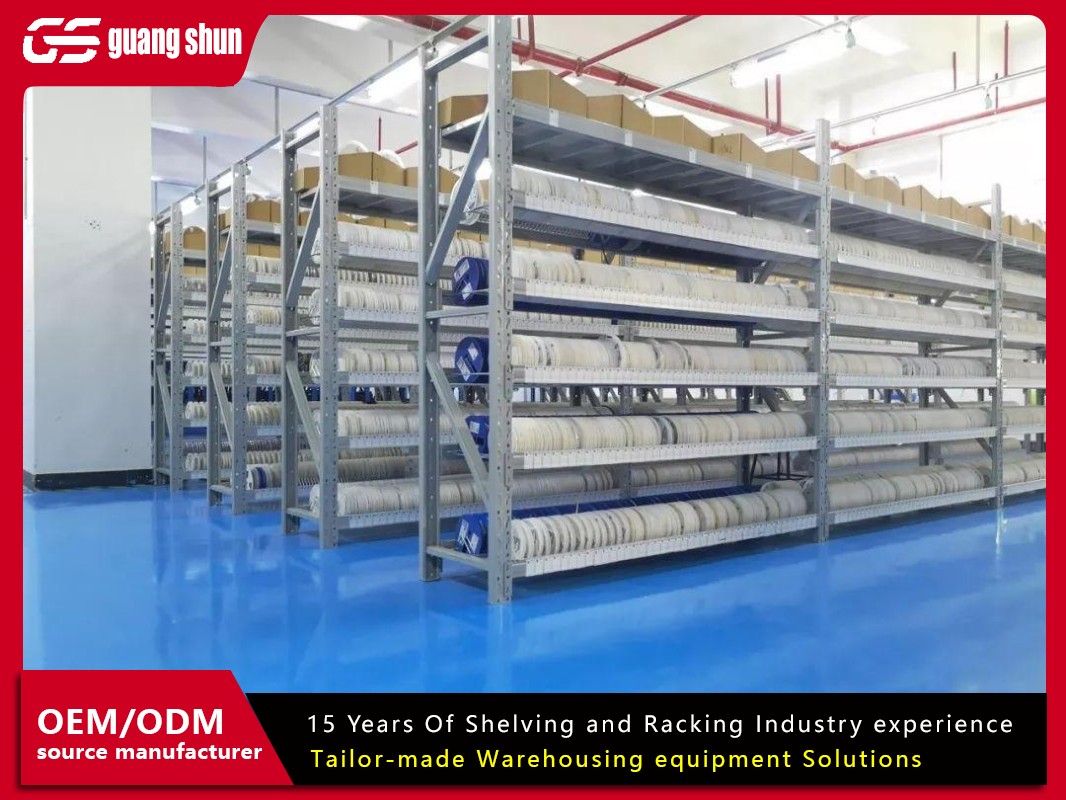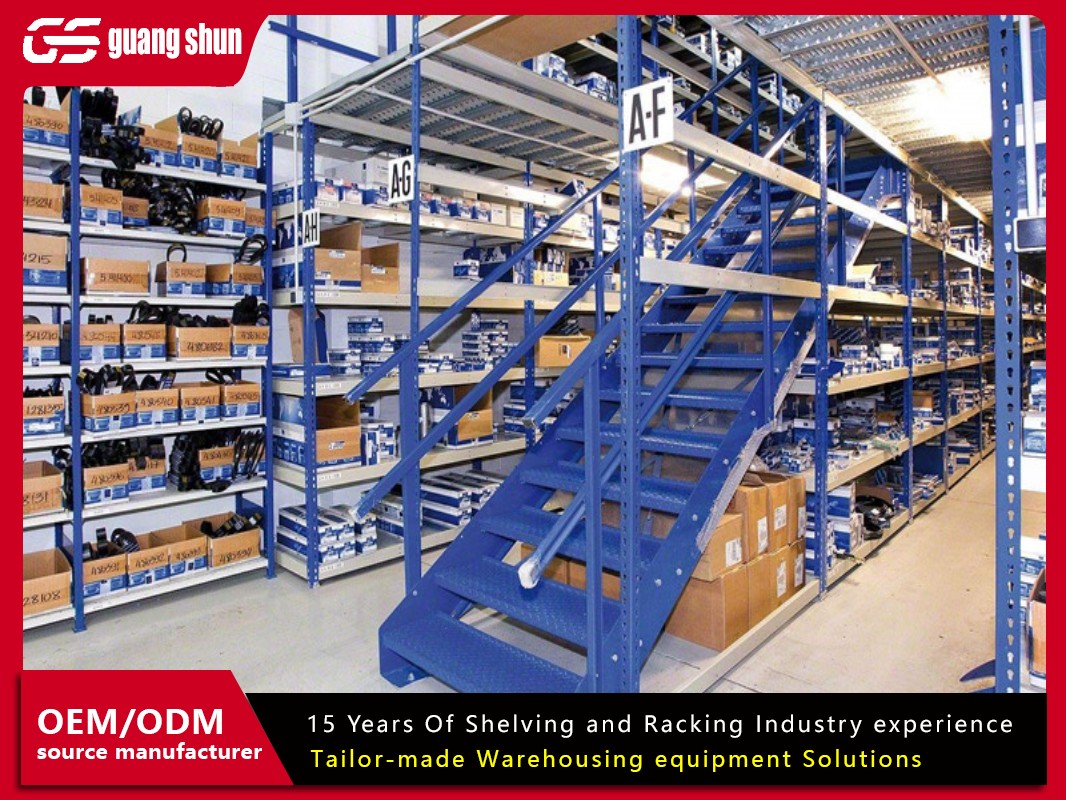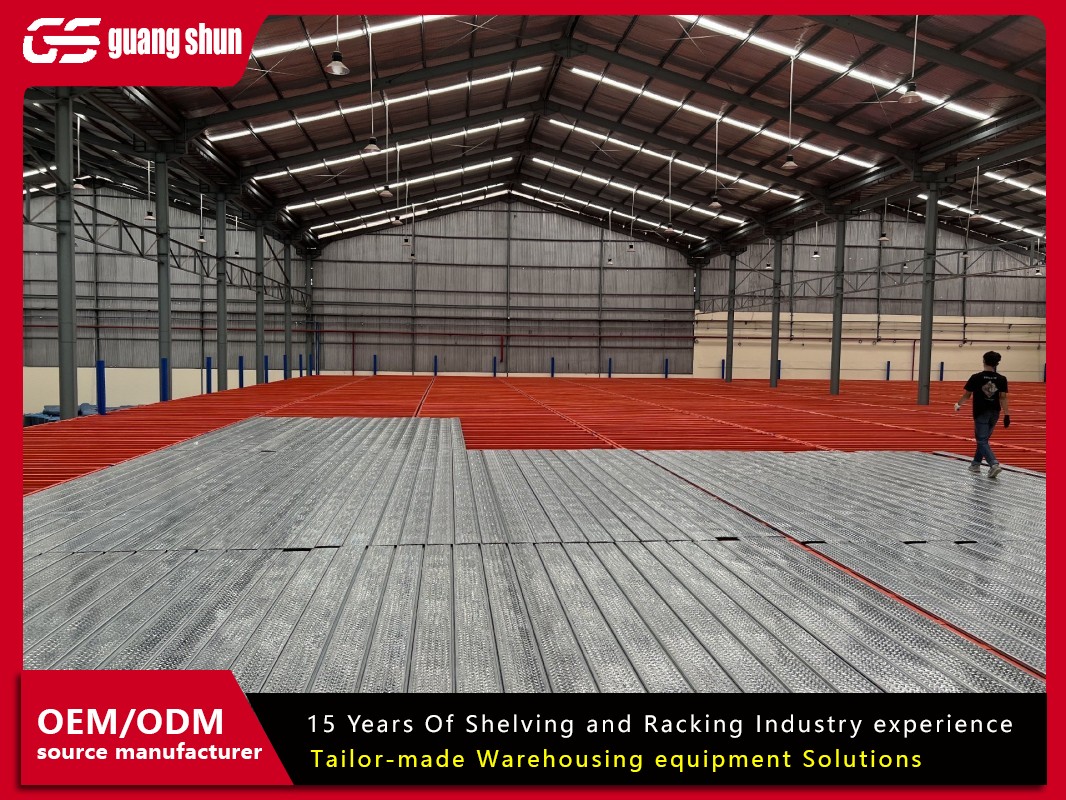Heavy duty cantilever racks are specialized storage systems designed to handle long, bulky, or irregularly shaped items that traditional shelving cannot accommodate. Commonly used in warehouses, manufacturing facilities, and industrial settings, these racks maximize vertical space while providing easy access to stored goods. In this article, we’ll explore their design, applications, benefits, and how they compare to other storage solutions like heavy duty shelves and factory racking systems.
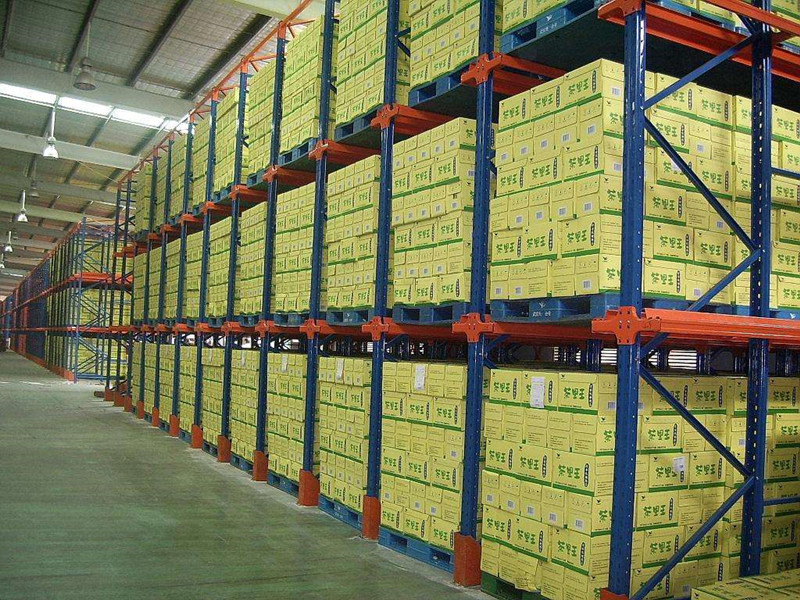
heavy duty shelves
1. Understanding Heavy Duty Cantilever Racks
Structural Design and Components
Cantilever racks feature a vertical column (or upright) with horizontal arms extending outward. Unlike traditional shelving, they lack front-facing obstructions, making them ideal for storing items such as lumber, pipes, steel bars, or furniture. Key components include:
- Uprights: Heavy-duty steel columns anchored to the floor or wall for stability.
- Arms: Adjustable horizontal beams that support the load.
- Base: A reinforced foundation to prevent tipping.
- Bracing: Diagonal supports to enhance structural integrity.
These racks are engineered for high weight capacities, often ranging from 1,000 lbs to 20,000 lbs per arm, depending on the configuration.
Types of Cantilever Racks
- Single-Sided: Arms extend from one side of the upright, ideal for wall-mounted storage.
- Double-Sided: Arms extend from both sides, maximizing space efficiency in large warehouses.
- Mobile Cantilever Racks: Equipped with wheels for flexible repositioning in dynamic factory racking environments.
2. Applications of Heavy Duty Cantilever Racks
Industrial and Manufacturing Use
Cantilever racks are indispensable in industries requiring organized storage of lengthy materials:
- Construction: Storing steel beams, rebar, and scaffolding.
- Automotive: Holding exhaust pipes, chassis parts, and sheet metal.
- Retail Warehousing: Managing furniture, PVC pipes, and carpet rolls.
Advantages Over Traditional Heavy Duty Shelves
While heavy duty shelves excel at storing boxed or palletized items, cantilever racks outperform them for oversized loads:
- Accessibility: No vertical obstructions allow forklifts or workers to load/unload items directly.
- Space Optimization: Vertical stacking reduces floor space usage.
- Customization: Adjustable arm heights and depths adapt to varying inventory sizes.
3. Key Benefits of Cantilever Racks in Factory Racking Systems
Enhanced Durability
Constructed from high-grade steel, cantilever racks resist corrosion, impact, and heavy loads. Powder-coated finishes add longevity, even in harsh environments like chemical plants or cold storage facilities.
Improved Workflow Efficiency
- Quick Retrieval: Eliminates the need to disassemble stacked items.
- Safety: Reduces clutter and minimizes workplace accidents.
- Scalability: Systems can be expanded vertically or horizontally as storage needs grow.
Cost-Effectiveness
By reducing the need for multiple aisles and optimizing cubic space, cantilever racks lower real estate costs—a critical factor in large-scale factory racking operations.
4. How to Choose the Right Cantilever Rack
Assess Load Requirements
- Weight: Calculate the maximum weight per arm and overall system capacity.
- Dimensions: Measure the length, width, and height of items to determine arm spacing.
Material Considerations
- Steel Grade: Opt for Grade 50 or higher steel for heavy industrial use.
- Finish: Galvanized or powder-coated finishes enhance durability in humid or corrosive environments.
Compliance and Safety
Ensure racks meet OSHA (Occupational Safety and Health Administration) or ANSI (American National Standards Institute) standards. Regular inspections prevent overloading and structural failures.
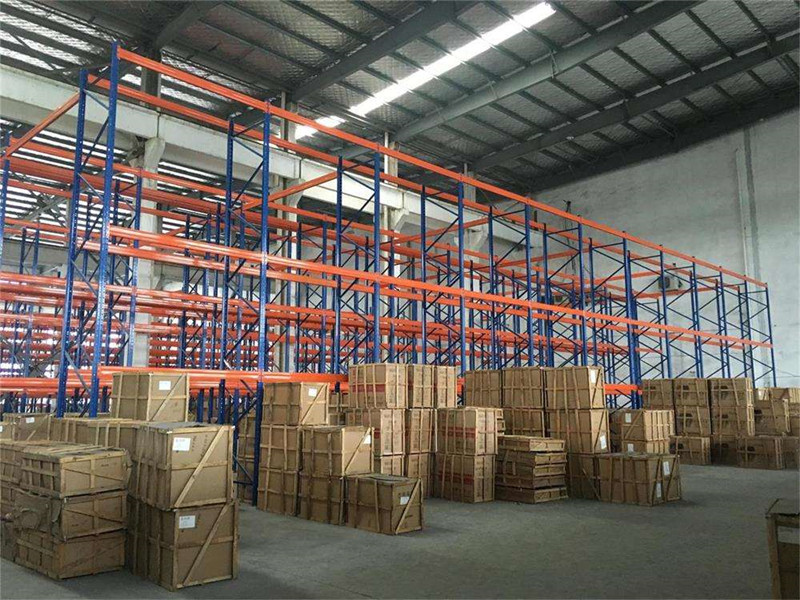
5. Integration with Heavy Duty Shelves and Factory Racking
Hybrid Storage Solutions
Many facilities combine cantilever racks with heavy duty shelves to create versatile storage systems:
- Cantilever Zones: Store long items like metal rods.
- Shelving Zones: Organize smaller parts or tools in bins.
Automated Factory Racking Systems
For high-tech warehouses, cantilever racks can integrate with automated retrieval systems (AS/RS) or conveyor belts, streamlining inventory management.
6. Maintenance Tips for Longevity
- Regular Inspections: Check for bent arms, loose bolts, or corrosion.
- Load Distribution: Avoid uneven weight distribution to prevent arm warping.
- Cleaning: Remove debris and spills to maintain structural integrity.
7. Cantilever Racks vs. Other Storage Systems
Compared to Pallet Racking
Pallet racks prioritize palletized goods, while cantilever racks excel with non-palletized, oversized items.
Compared to Heavy Duty Shelves
Heavy duty shelves suit smaller, uniform items but lack the open-access design needed for pipes or lumber.
8. Future Trends in Factory Racking Technology
- IoT Integration: Sensors to monitor load weights and structural stress.
- Modular Designs: Bolt-free systems for faster assembly.
- Sustainable Materials: Recycled steel and eco-friendly coatings.
Conclusion
Heavy duty cantilever racks are a cornerstone of efficient industrial storage, offering unmatched versatility for long or bulky items. When paired with heavy duty shelves and modern factory racking systems, they create a streamlined, space-saving solution for warehouses and manufacturing plants. By understanding their design, benefits, and maintenance requirements, businesses can optimize their storage infrastructure for safety, productivity, and scalability.



